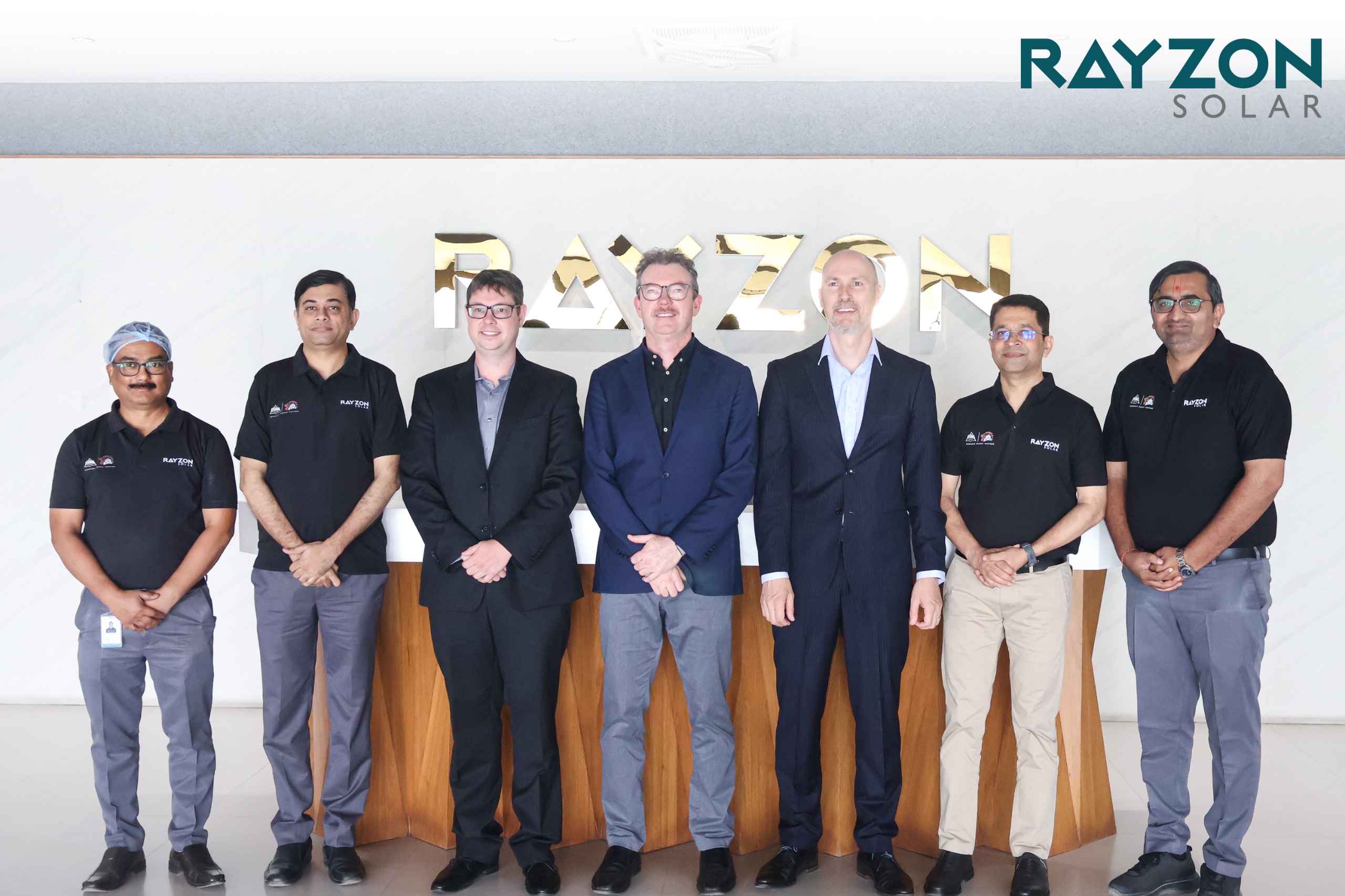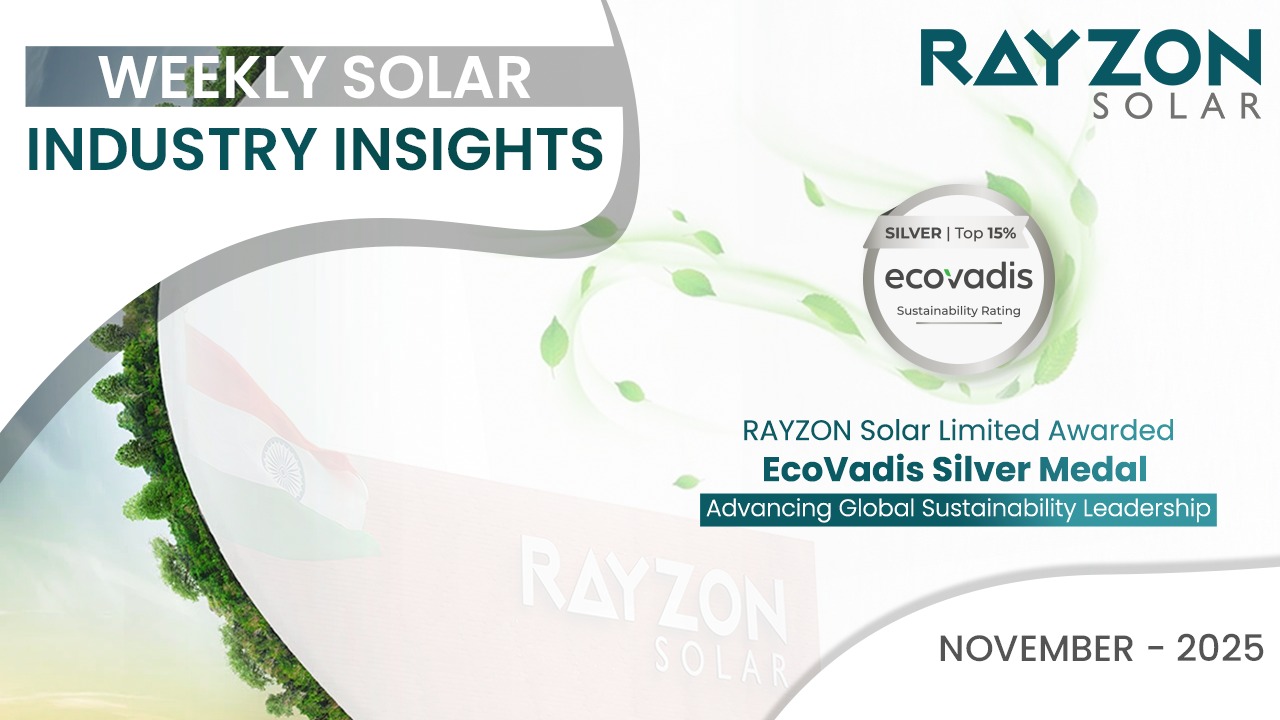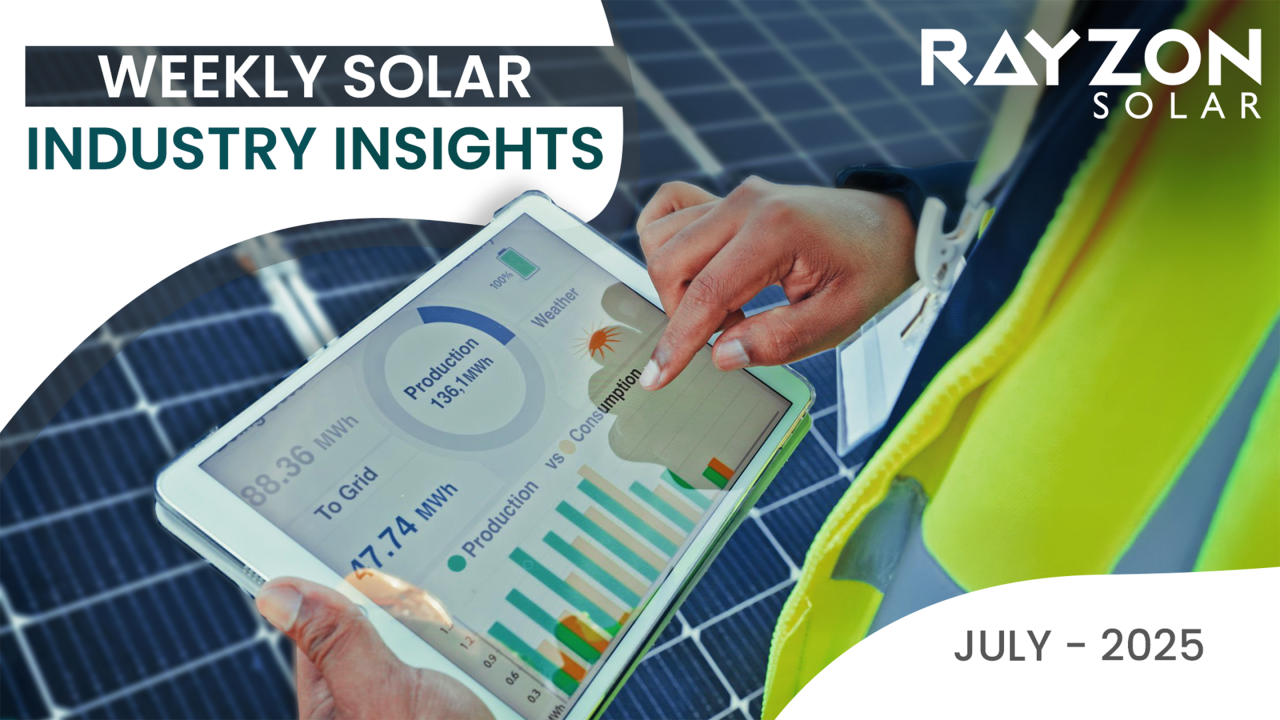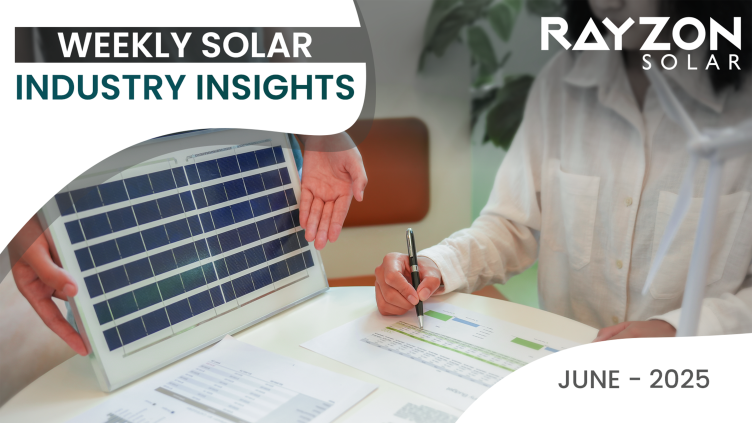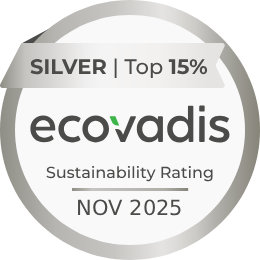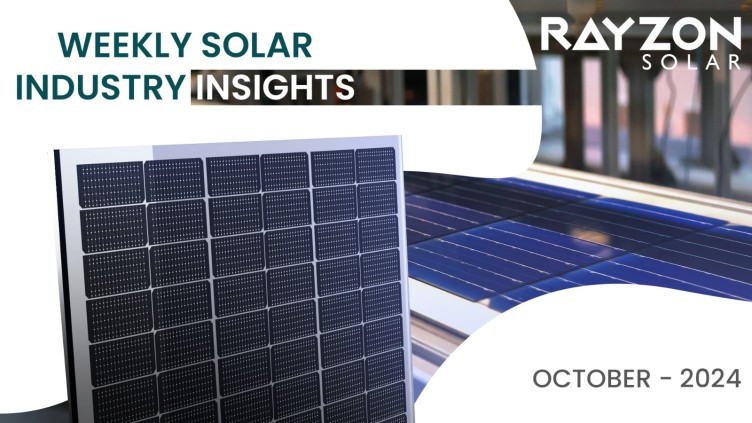
Weekly Solar Industry Insights: October 14th – October 20th, 2024
Solar Corporate Funding Sees 23% Decline in 2024
Corporate funding in the solar sector reached $22.3 billion in the first nine months of 2024, marking a 23% drop compared to $28.9 billion in the same period last year. This decline was driven by a sharp fall in venture capital (down 39%) and public market financing (down 71%). The number of deals also decreased by 6%, totaling 117.
However, debt financing saw an increase, raising $16.7 billion across 68 deals, reflecting a slight recovery in this area. According to Mercom Capital Group, uncertainties surrounding tax policies, regulatory issues, and global trade tensions have affected investor confidence, despite resilient funding for large-scale projects, which totaled $34.3 billion in 2024. Additionally, 62 mergers and acquisitions were recorded, with nearly 28.3 GW of solar projects acquired, signaling continued market activity amid funding challenges.
Germany Installs 960 MW of Solar in September
Germany added 960 MW of new photovoltaic (PV) capacity in September 2024, bringing its total capacity to over 94.52 GW, as reported by the Federal Network Agency. This marks an increase from both the 906 MW installed in August and the 919 MW in September 2023. For the first nine months of 2024, 11.7 GW of new solar capacity was connected to the grid, compared to 10.7 GW in the same period last year. Of the new installations, 521.6 MW came from rooftop PV systems supported by feed-in tariffs or market premiums, while solar tenders contributed 323 MW.
Indonesia's Solar Capacity Surpasses 700 MW
As of August 2024, Indonesia’s solar capacity reached 717.71 MW, according to the Institute for Essential Services Reform (IESR). Despite challenges in recent years, the outlook remains promising with 16.92 GW of projects in development, and state utility PLN aiming to add 7.9 GW by 2033. Policy reforms are expected to drive over 5 GW of new rooftop solar installations within five years. However, IESR calls for more ambitious targets, suggesting Indonesia needs 77 GW of solar by 2030 to meet climate goals.
Dutch PV Sector Calls for Self-Consumption Incentives
As the Netherlands plans to phase out net metering for rooftop solar by 2027, Holland Solar, the trade association, is urging the government to introduce incentives for self-consumption technologies like batteries and heat pumps. By improving self-consumption rates from 30% to 60%, PV system owners could maintain their financial returns. Holland Solar cites Germany’s success, where 75% of new installations include home batteries supported by rebates, as a model for optimizing energy use and reducing grid strain.
Polysilicon Market Remains Stable Amid Anticipation
Polysilicon prices are steady at $22.068/kg as the market awaits a key U.S. anti-dumping ruling in November. Countervailing duties on solar cells and modules from Southeast Asia have led to cautious buying, with expectations that lower tax rates could revive the polysilicon spot market. In China, mono-grade polysilicon prices also remain stable, though weak demand from wafer manufacturers persists. Major producers are focusing on price control and market share amid concerns about excess capacity.
Information source: PV Magazine
